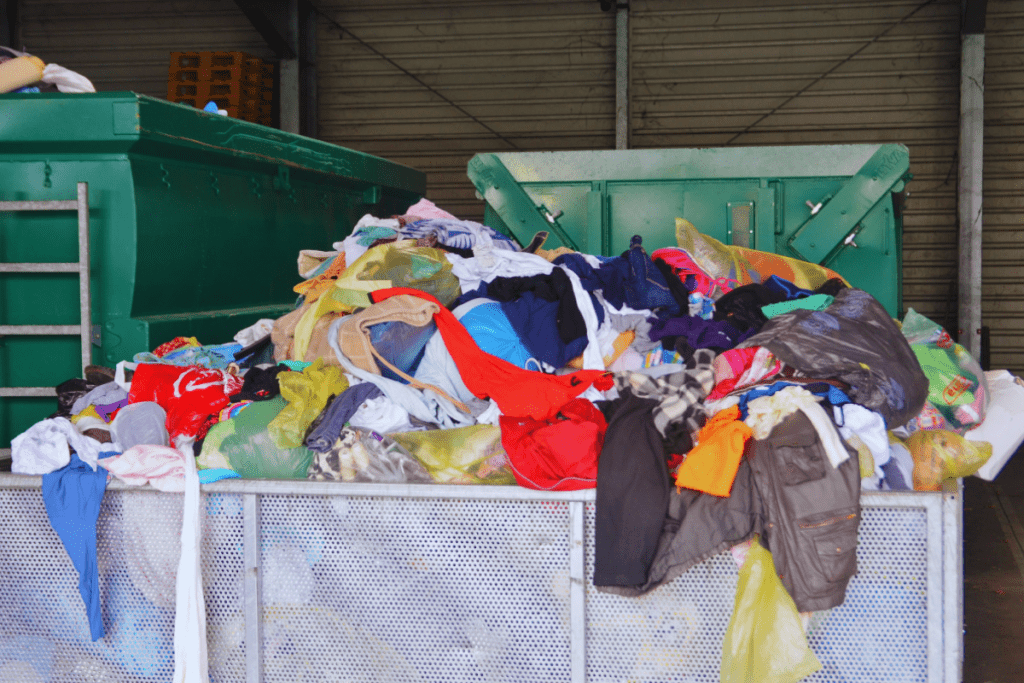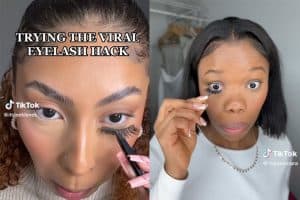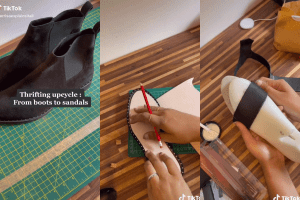The fashion industry is a hotbed of innovation and creativity, but at what cost to the planet? The environmental impact of fashion has become a serious concern for both consumers and industry experts. However, a groundbreaking study has discovered a glimmer of hope in microbiology. This field offers a solution to the industry's sustainability crisis through innovative materials and eco-friendly processes. In this article, we explore how microbiology can revolutionize fashion and promote a greener, more responsible future.
The Impact of Fast Fashion on the Environment
Fast fashion, with its rapid production and consumption cycles, is the second most polluting industry in the world. Shockingly, only 15% of all clothing is recycled or donated, while the rest ends up in landfills or incinerators. The industry's excessive use of water and toxic chemicals only worsens its environmental impact.

This article may include affiliate links and elements that were carefully created by our team using advanced ai to help you envision the best style advice.
How Microbiology Can Help
Microbiology offers a promising solution to the fashion industry's sustainability crisis. Researchers can use living microbes to create innovative materials and products that transform the industry's practices. Synthetic biology, an emergent field within microbiology, could potentially revolutionize the way the fashion industry operates.
A Recent Breakthrough Study
A recent study by Cristiano Pedroso-Roussado highlights the potential of microbiology to develop sustainable materials and practices. The study underscores the need for change and the importance of interdisciplinary collaboration. This groundbreaking research inspires designers, entrepreneurs, and scientists to work together for a sustainable and innovative future.
The Environmental Impact of Fast Fashion
The rise of fast fashion has led to water pollution, toxic chemical use, and greenhouse gas emissions. The fashion industry generates a massive amount of textile waste each year, with a large percentage ending up in landfills or incinerators. The dyeing and finishing processes release hazardous chemicals into rivers and lakes, posing a threat to ecosystems and human health.
Using Microbial Culture Collections (MCCs) for Breakthrough Solutions
The study highlights the need to invest in MCCs is essential for unlocking the potential of microorganisms to transform the fashion industry. These investments can lead to breakthrough discoveries of novel microorganisms that could revolutionize the industry. By supporting MCCs, we can pave the way for a sustainable and innovative future in fashion.
Biomaterials: A Sustainable Fashion Solution
Bacterial cellulose and mycelium-based composites offer sustainable alternatives to traditional textiles. These materials are biodegradable, flexible, and durable, making them ideal for eco-friendly fashion. However, scaling up production remains a significant challenge.
Synthetic Biology: A Game-Changer for Fashion
Synthetic biology is pushing the limits of what's possible in fashion. Designers can create fabrics that change color with the weather or garments that self-repair when damaged. Manipulating microbial communities can unlock new biotechnological applications, such as using microbes to break down textile waste and produce eco-friendly dyes.
Embracing Biology as a Manufacturing Discipline
The fashion industry needs to embrace biology as a manufacturing discipline. By harnessing the power of living organisms, we can create innovative materials, reduce waste, and make a positive environmental impact. Collaboration between designers, scientists, and entrepreneurs is key to bringing about this change.
Global Cooperation and Investment
Global cooperation and investment are essential to promoting sustainable practices in the fashion industry. Governments, businesses, and consumers must join forces to support the research, development, and implementation of innovative technologies. By investing in the future of fashion and embracing the potential of microbiology and synthetic biology, we can pave the way for a cleaner, greener, and more innovative industry that benefits people and the planet alike.
In conclusion, the fashion industry's impact on the environment cannot be ignored, and urgent action is needed to promote sustainable practices. Fortunately, this breaking research shows that microbiology offers a promising solution to the industry's challenges. From innovative materials and processes to living organisms engineered to produce textiles with specific properties, the potential for sustainable fashion is endless. With collaboration between designers, scientists, and entrepreneurs, and global cooperation and investment, we can embrace the power of microbiology and synthetic biology to pave the way for a cleaner, greener, and more innovative fashion industry. By doing so, we can create a brighter future for the planet and the fashion industry.
Read more about fast fashion here: Fashion Influencer Nava Rose Takes Viral Stand Against Fast Fashion with thredUP Collaboration



